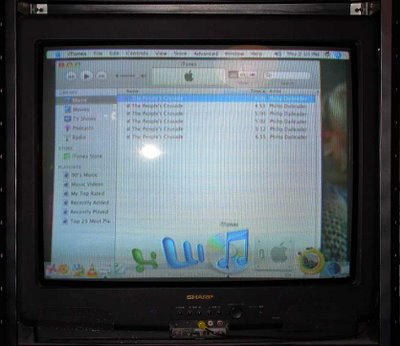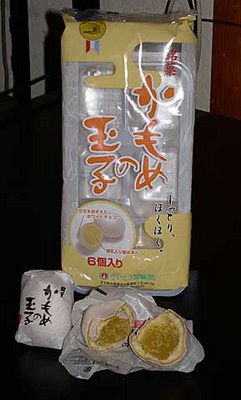
The number one way to save money while living in Tokyo is to cook your own food. Shopping carefully for the food you cook goes hand in hand with this. Eating out is good if you're choosing to do so to experience local cuisine. It's bad if you're picking up McDonald's on your way home from work or eating pre-packaged food from convenience stores.
The reason this is the number one way to save money is that it's one of the few things you have a choice about which can be relatively expensive, unlike rent. I mentioned when I talked about budgeting that I can make a meal for two for 500 yen or less and just to show that this doesn't mean two
UFOs or bowls of noodles with a few yakitori sticks on the side, I'll show you how that money gets spent.
The picture above is my recent shopping trip to
Yutakarya. This is the cheapest shop for fresh food in my area. There are branches of this store in other areas of Tokyo (follow the link and scroll down if you want to see where). I'm sure there are similar shops in most areas. Just keep an eye on where all the older folks seem to shop. Investigate your neighborhood markets with extra attention to the less glossy-looking ones. Places like Ito Yokado, Peacock, and Seiyu are more comfortable to shop in but they don't offer the best prices most of the time.
Some of the grubby little places with lots of cartons outside are the cheapest ones. The reason they look grubby is that there's so much traffic in and out of them and they aren't spending all their money on a lady to swab the escalator rails all day. I'll grant you though that some of them are exactly what they appear to be, grubby and worthless, but there's no harm in looking.
Another good place to look for cheap food shopping is
Hanamasa though you have to buy items in bulk there. Cheese, in 1 kilogram blocks, is especially cheap there as are pork chops and other types of meat. It's also one of the few places where you can buy small whole chickens.
To give you an idea of the prices at Yutakaraya, the food above includes potatoes and onions for 100 yen a bag, carrots for 130 yen, and 5 large pieces of chicken as priced below.

Chicken breast can be had for 39 yen per 100 grams and thighs for 49 yen per 100 grams. I can also get ground beef at Yutakaraya for 70 yen per 100 grams and sometimes pork chops for 80 yen per 100 grams though 108 yen is more usual. Compared to supermarkets, this is appreciably cheaper.
The above chicken will be cooked in a clay pot with the carrots, onions and potatoes for 6 servings. That's 172 yen per serving per person for a dinner with a large meat serving and 3 vegetables on the side. As a bonus, I only have to cook once and we can eat three times. Usually, I follow the "cook once, eat twice" rule and plan for one night of leftovers but the thighes come in 3-packs so I might as well cook them all together. If I think I'll get sick of something or it'll be unsafe by the third night, I'll freeze it (after cooking) and eat it at a later date.
The costs don't include the spices, soy sauce and wine that'll be put in the pot but the costs of those items won't exceed 100 yen total. I can get small bottles of wine adequate for cooking two dishes (4-6 servings) at the local 99 yen shop. The spices come from Costco and are in huge containers and quite cheap as well.
The Coke pictured above is 100 yen a bottle which makes it about 50 yen cheaper than convenience stores and about 18 yen cheaper than most markets. The peaches were a late season steal at 80 yen each. The only luxury item in the picture are the croutons which cost nearly as much as the breast meat at 134 yen. Another "steal" at Yutakaraya is the lettuce which is often 100 yen for a large head of 'sunny' lettuce - the type which typically sells for 260-300 yen a head at most markets.
I'm rather lucky that one shop offers so much at lower prices but I know that there are other places where you can get similar bargains. The local meat shop has the lowest prices on ground chicken, for instance (58 yen per 100 grams) and is fresh. You just have to pay attention to prices each time you shop and really investigate the area you live in.
I know many people consider cooking a pain especially after they get home from a long day of work. However, if you cook just two nights a week and always cook enough for two meals, you're covered for more than half the week. If nothing else, consider the money you save by cooking will probably allow you to eat out at good restaurants more often rather than waste your money on fast or instant food. You'll also feel better because you'll be eating whole foods and better balanced meals.

































